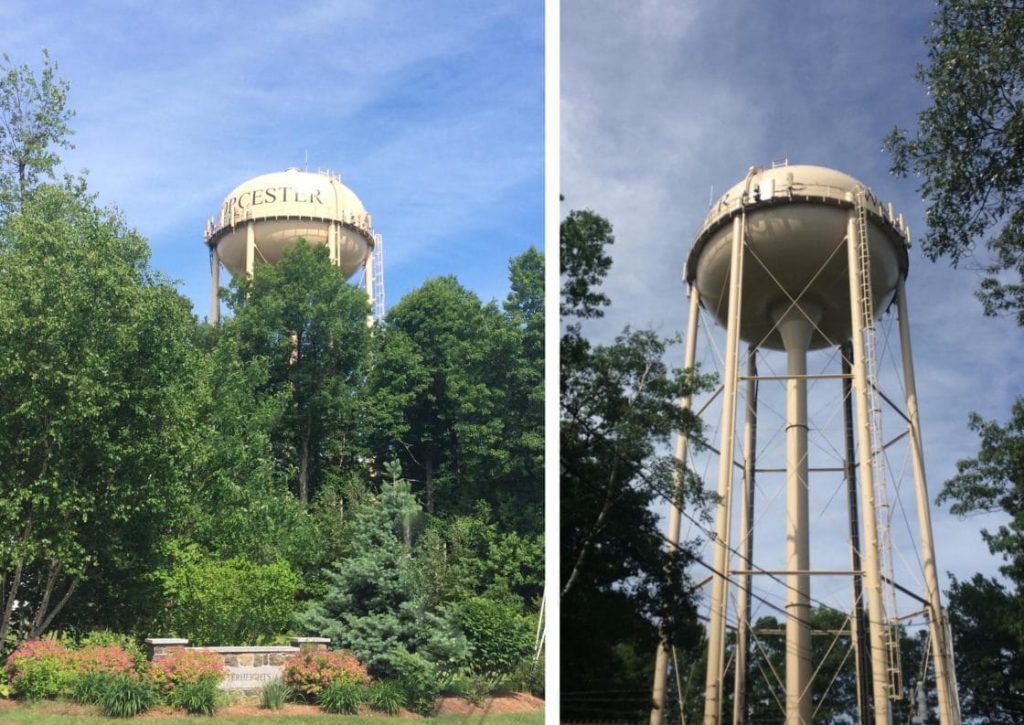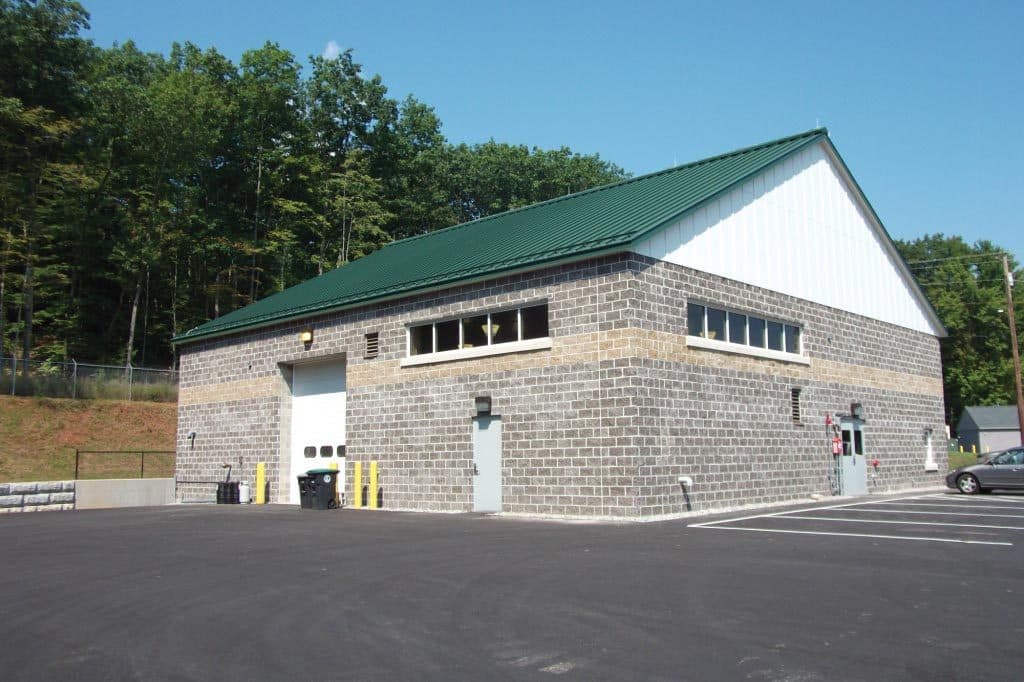CLIENT: City of Worcester, Massachusetts
PROJECT: Chester Street 0.5 million gallon water storage tank painting, cleaning, and rehabilitation
THE CHALLENGE: The Chester Street water storage tank required evaluation, repair, cleaning, and painting of both the interior and the exterior. The tank is located in a heavily populated residential neighborhood and the exterior surface had high levels of lead in the paint. Therefore, special attention to lead contamination, noise, and construction debris was required. In addition, determination of the effects of taking the tank offline were required before any work could be started.
THE SOLUTION: Analysis of the Super High Service Area using the verified hydraulic model was conducted, and the model was run under extended period simulation (EPS) to evaluate the potential pressure problems within the service area. As a result, operational modifications to the existing pump stations and service zones were recommended. Working only during daylight hours while keeping noise and debris to a bare minimum, construction crews completed miscellaneous repairs including replacing the anchor bolts, installation of overflow support brackets, modification of the access ladder, modification of the roof ladder, repair of the upper level sway rod, extension of the balcony handrail, installation of a roof handrail, and replacement of the roof finial vent. During the exterior abrasive cleaning, a containment system was utilized to prevent lead from getting into the air and soil. Once all repairs and cleaning were completed, the interior and exterior of the elevated tank were painted.
PROGRESS: Two years later, the tank is still in pristine condition, as shown in the photo above.



